Tourism in Kutaisi
Kutaisi, the second-largest city in Georgia, has an ancient history that stretches back to the second millennium BC, through the Ottomans and then the Soviet era. Which made the city of Kutaisi distinguished by its historical, religious, and cultural monuments until it reached this day with a dense and permanent tourism development to become one of the most beautiful tourist destinations in Georgia.
The best tourist places to visit
1- Sataplia Nature Reserve

Sataplia Nature Reserve is a group of nature reserves located 9 kilometers northwest of the city of Kutaisi. The Sataplia Nature Reserve was established in 1935 with the aim of taking care of the 5 Stapleia Caves and protecting the footprints of dinosaurs discovered in the area.
Sataplia Cave extends to about 900 meters, but the limit for visitors to enter is 300 meters. It has been equipped with colorful lighting, handrails, and walking paths. The cave and reserve are considered one of the most important tourist places in Georgia.
2- Prometheus Cave
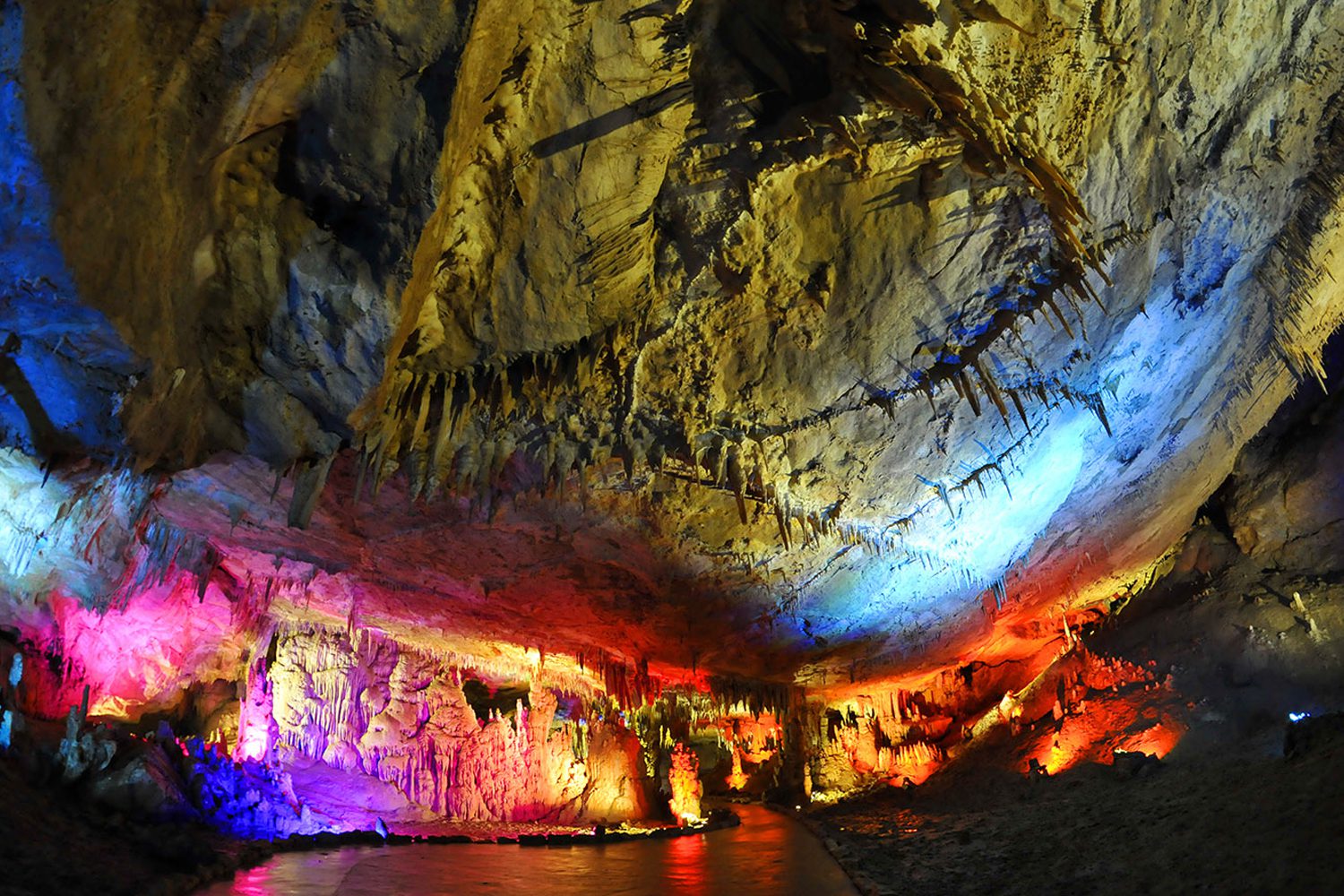
Prometheus Cave is one of the most famous tourist attractions in Georgia in the city of Kutaisi, as it contains many limestone deposits, stalagmites, stalactites, and unique forms of rocks. Prometheus Cave in Kutaisi consists of six different and intertwined caves and it is located 40 km from the city of Kutaisi.
3- Okatse Canyon
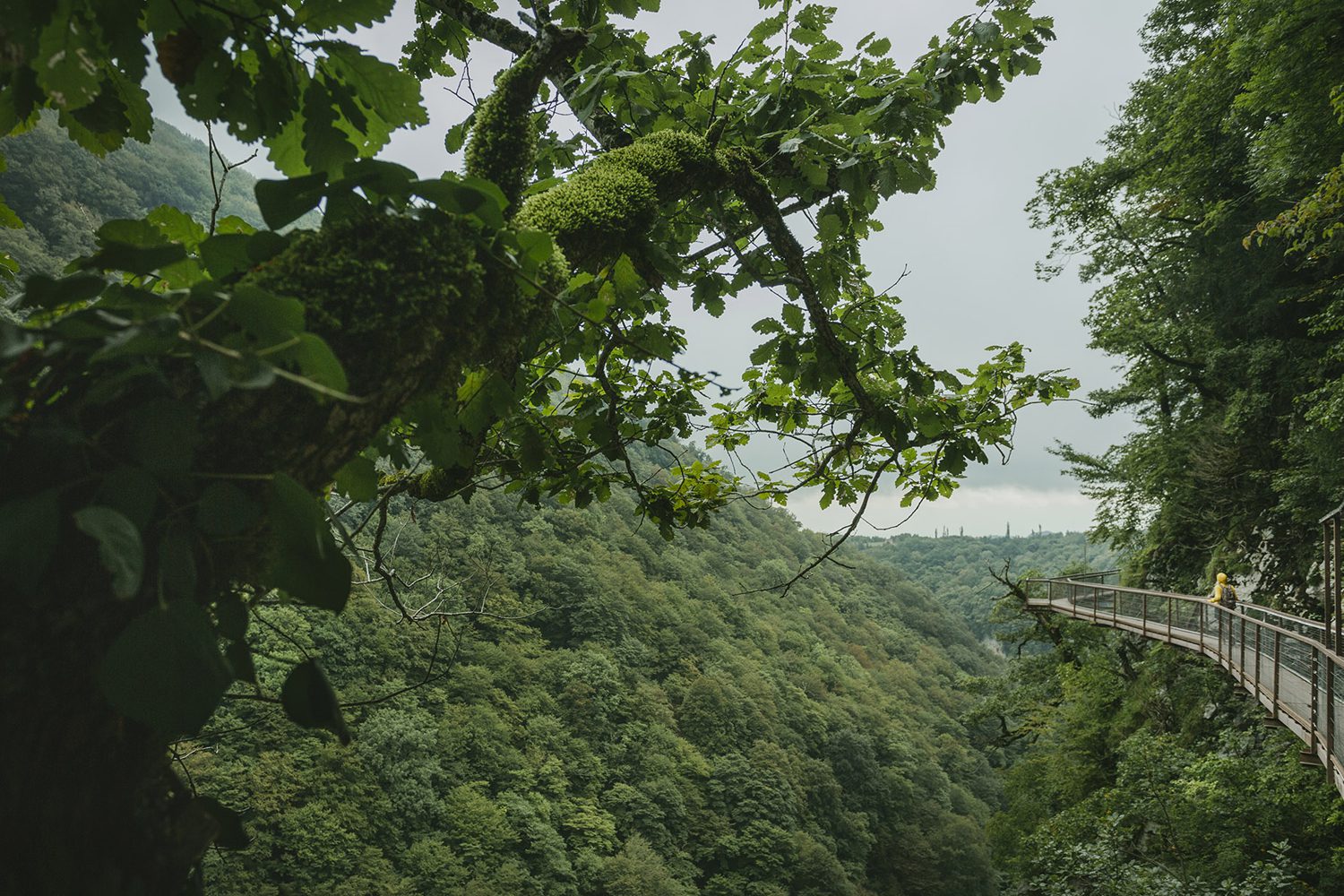
Okatse Canyon is located in village Gordi, Khoni municipality, Imereti region at 520 meters above sea level.
Okatse Canyon 2-3 hour pedestrian route passes through Dadiani historical forest, 780 m length hanging trail and finishes with panoramic view.
4- Kutaisi State Historical Museum
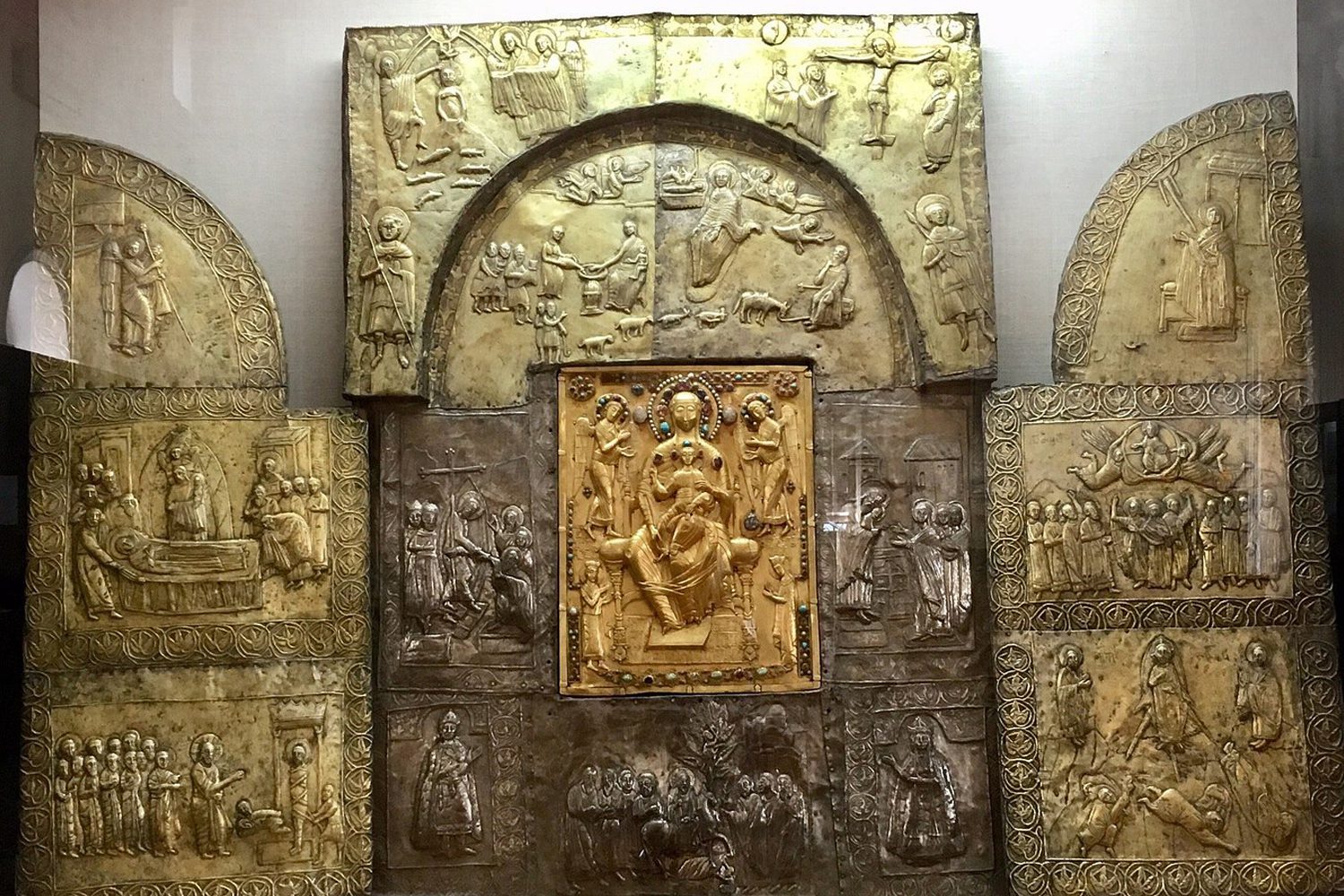
The Historical Museum in Kutaisi is a large museum located in the old area of the city of Kutaisi and is considered one of the most important tourist attractions in Georgia and a scientific research center.
The museum was established in 1922 AD and contains more than 150,000 exhibits that relate to the history of the city of Kutaisi and Georgia in general. Most of the museum’s exhibits date back to different eras, such as the Bronze, Roman, and Byzantine eras, including rare antiquities, writings, and manuscripts.
5- Bagrati Cathedral
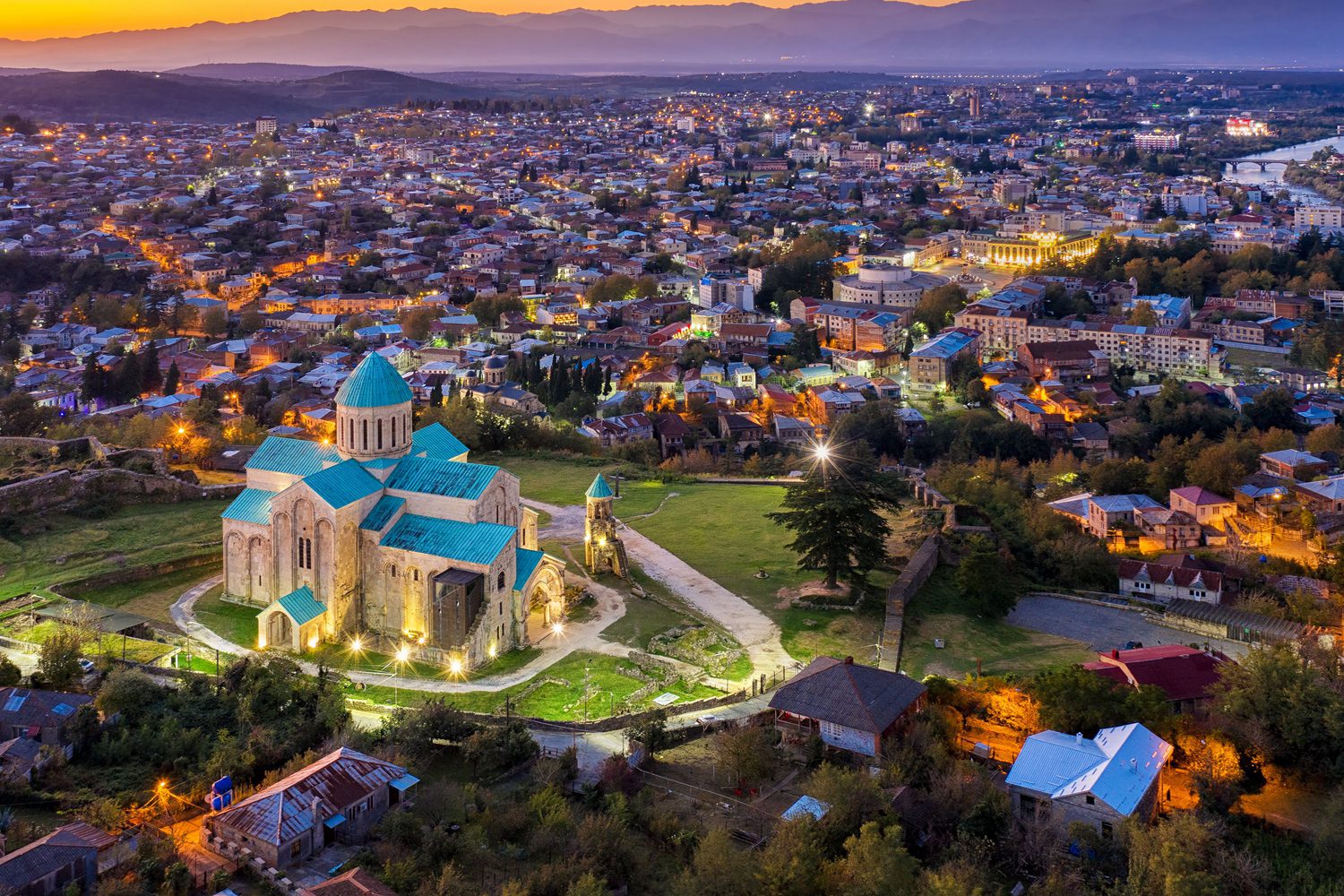
Bagrati Cathedral is an ancient Georgian architectural monument in Kutaisi, towering over the city on the hill of Ukimerioni. It was built in the 10th-11th centuries under the rule of Bagrat III (975-1014), the first king of united Georgia. According to the inscription on the north wall, the cathedral was consecrated in honor of the Assumption of the Virgin Mary. Possessing architectural and artistic merit, the cathedral occupies a special place in the history of Georgia. Historically, it is a symbol of united Georgia. In 1692 the cathedral was captured and destroyed by the Ottomans. Bagrati was once richly decorated with murals and mosaics representing the masterpiece of medieval Georgian architecture.
Since 1994, Bagrati Cathedral is on the UNESCO World Heritage List together with the Gelati Monastery. In 2009, the Georgian government began reconstruction works of the church. In August 2009, Kutaisi archaeological expedition during excavations discovered a tomb on the territory of Bagrati Cathedral, where a large number of gold earrings, rings, and other accessories had been found.
Bagrati Cathedral has become the hallmark of Kutaisi: it is perfectly visible from any corner of the city due to its location on a hill.
6- Gelati Monastery
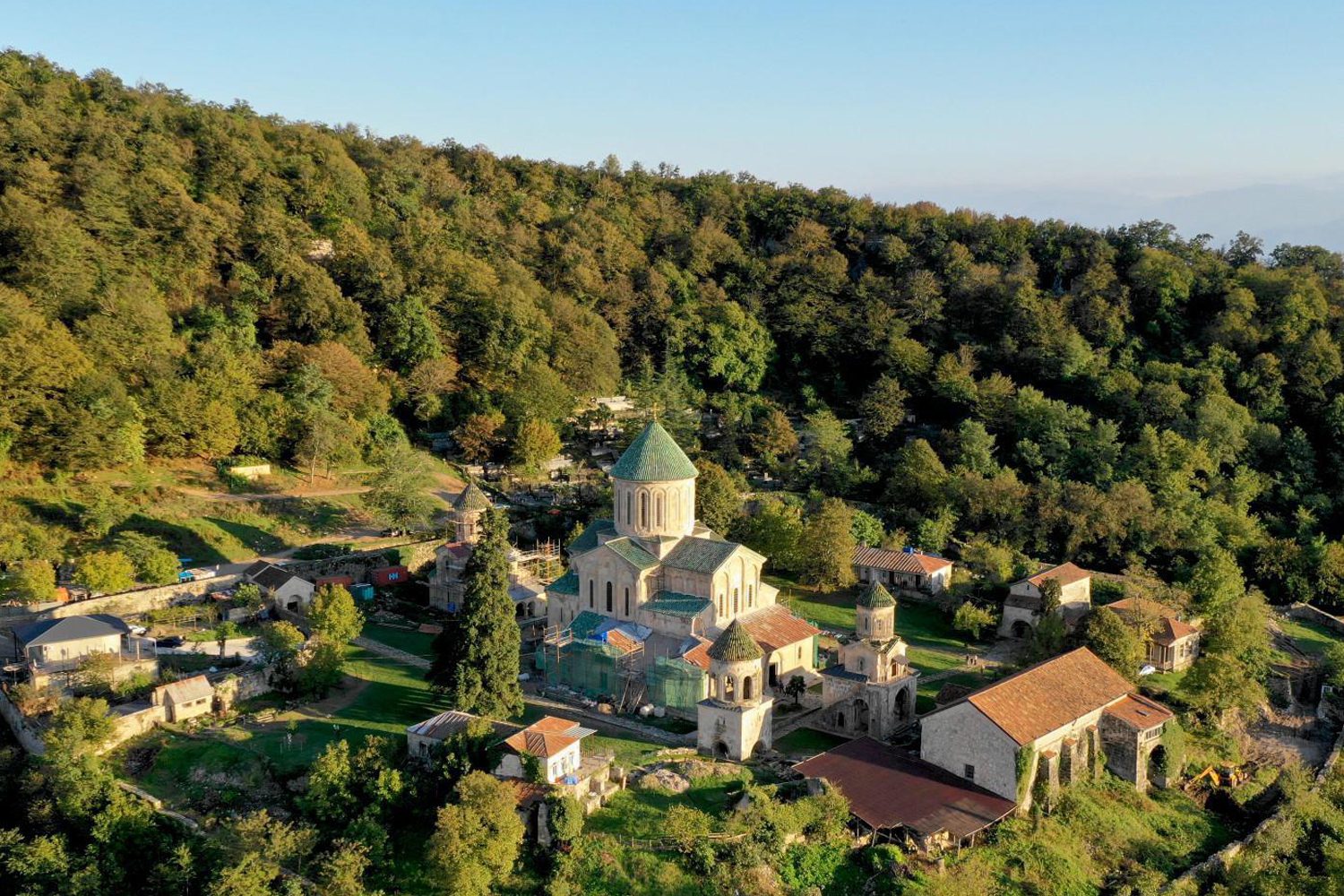
Gelati Monastery is a medieval monastic complex near Kutaisi in the Imereti region of western Georgia. One of the first monasteries in Georgia, it was founded in 1106 by King David IV of Georgia as a monastic and educational center.
the Monastery of Gelati is a masterpiece of the Golden Age of medieval Georgia, a period of political strength and economic growth between the 11th and 13th centuries. It is characterized by the facades of smoothly hewn large blocks, balanced proportions, and blind arches for exterior decoration. The Gelati monastery, one of the largest medieval Orthodox monasteries, was also a center of science and education and the Academy it housed was one of the most important centers of culture in ancient Georgia.
The monastery was inscribed as a UNESCO World Heritage Site in 1994 because of its outstanding architecture and its importance as an educational and scientific center in medieval Georgia.


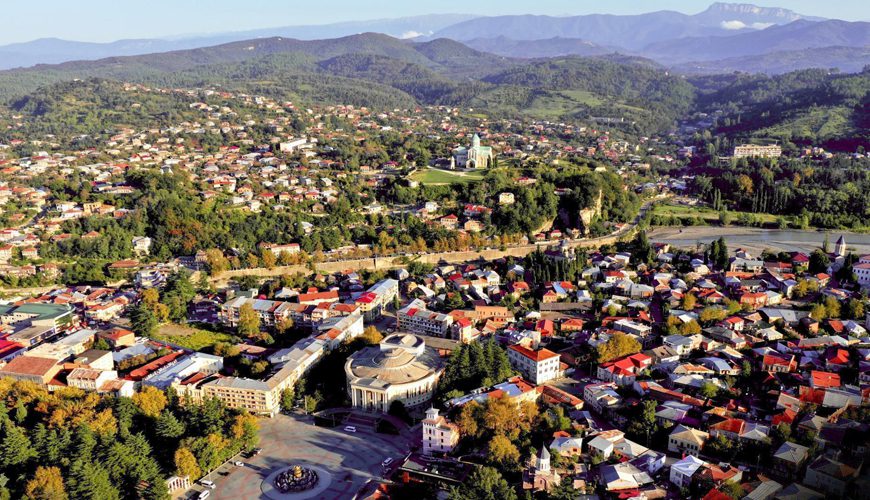
Comment (0)